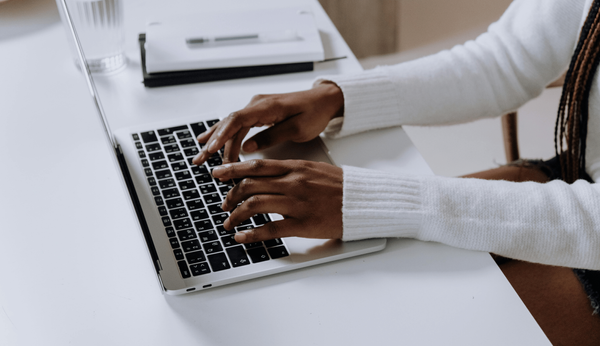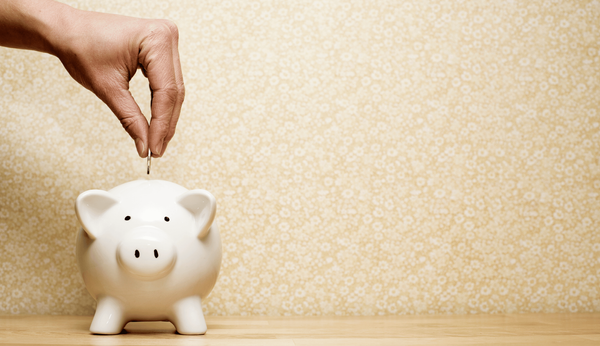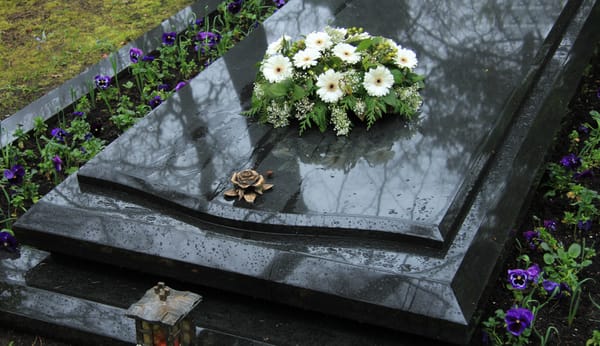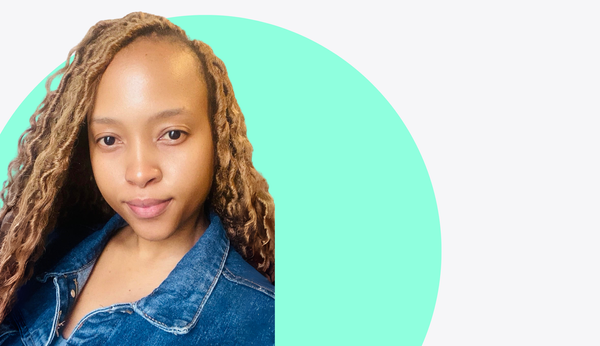Unfortunately debt has become normalised as a way of life. Yet the negative impact of debt is often not spoken about and many people, myself included, have learnt the hard way how horrible it is to get trapped by debt and how difficult it is to get yourself out of that situation. The culture of spend now, pay later, is a road that leads to financial stress and worse, bankruptcy.
You may have heard the phrase a "debt trap" - what it means is when a substantial portion of your income is spent servicing debt, so much so that you're not able to actually get out of debt. In other words you are not able to save or invest because all of your monthly income is spent on your fixed costs and servicing your debt. In effect, your financial freedom is significantly curtailed. And remember, debt takes no prisoners - you can lose your car, or worse your house, if you default on paying back the money you owe!
So how can you avoid getting yourself into this situation? Well, the obvious answer is don't take on so much debt. And if you need to, make sure you get the most affordable, lowest interest rates possible. Unfortunately, although all creditors registered with the National Credit Regulator should conduct an assessment to see if you are able to repay a loan during the application process, very often this process fails, which means that the burden really falls on you to make sure you have the capacity to pay back what you owe without won’t getting stuck in a debt trap.
When I got stuck in a debt trap, what hurt the most is that I didn't know how much I owed and to whom. Knowledge is power. So the first thing to do is look at your recent bank statements to see what monthly amount is debited off your account for each loan or credit facility. If you can't find the info you're looking for in your bank statements you should also be able to find the info on a loan or credit facility statement. As a last resort, you can guesstimate how much you need to pay monthly by multiplying the amount you currently owe by the annual interest rate divide by 12 - bear in mind this is just the interest owing and not your capital contribution so will be worth doubling or trebling this to be safe. Now sum up all monthly debt payments - whatever this number is should scare you!
Ok, now that you know what your total monthly debt payment is, it’s time to put that into your monthly budget. You can use our simple budgeting tool to help you here. This should give you a clear idea of how much disposable income you have after you’ve paid all your fixed costs, including your housing, food, transport, education, health costs and the debt cost you’ve just calculated.
If you have money left over, in other words your income is greater than your fixed costs and debt costs, then you have a choice. You can either spend the money you have left on non-essential things or use that money to pay off your debt quicker. Now although cutting back on the luxuries might seem like a painful concept, weigh that up with giving money away to your creditors and getting nothing in return! Hopefully you feel that paying off your debt first is the smarter thing to do. If you do this, try pay off the more expensive debt first.
If you have no money left over, then you are over-indebted, in other words your fixed costs and debt payments exceed your monthly income. The good news is that now you may be eligible for the services of a debt counsellor, who can assist you in negotiating with credit providers to restructure your debt. Regardless, you should look to try and reduce your fixed costs. It’s going to be a tough road to walk, but the reality is there is no other way out of a debt trap!








![The Guide To Provisional Tax In South Africa [+ downloadable provisional tax calculator]](/blog/content/images/size/w600/2025/09/calculating-your-provisional-tax.png)

